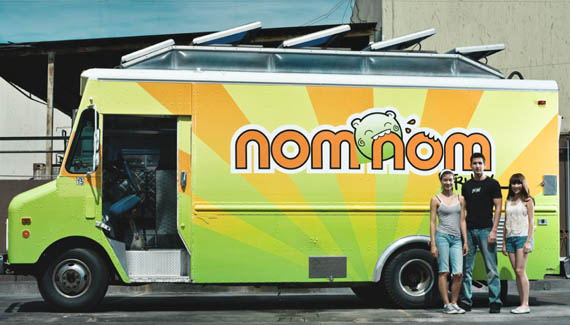While many people can stand Facebook’s constant presence in their lives fine, some of us need a break every now and then. I know plenty of people who leave for days or weeks at a time to come back after they feel as if they’ve had a long enough break (or they miss out on invitations, baby pictures, or even family news from leaving—like I did!). Some even leave forever and say that they don’t miss it; I certainly don’t blame them. I don’t like how public our lives have become, how you can’t go anywhere without being added to someone’s pictures or videos (that they’ll, of course, post online), and it’s as if Facebook and Twitter are our way of becoming instant reality television starts. Barf.
But sometimes, instead of just taking a break, it can be fun to mock it all. Seeing the funny side of things can help us put them into perspective and remember not to take anything so seriously, and thankfully there are already websites out there that put together strings of the best Facebook ridicule for us all to enjoy.
Today a good friend of mine shared a hilarious article entitled, “The Best Obnoxious Responses to Misspellings on Facebook.” Most of us have felt pretty irritated a time or two when we log on and evrythg iz speled lik this, often with numbers thrown in for good measure. I have actually removed people from my feed—family members, even—just because that sort of thing is so annoying (then again, it makes me want to leave Facebook, so maybe I should just stick to reading their weird text talk?). We all misspell things now and again, but not words like “of,” “the,” or other simple words. And people who intentionally spell things wrong—like “iz” instead of is, which doesn’t even shorten the word!—are even more annoying!
So this article is a must-read by anyone who has felt as disgruntled about spelling as I have. It may be the funniest thing you’ve read all day. Most of the statuses are simply riddled with spelling mistakes, but my personal favorite is a poor churchgoing woman who only spelled one word wrong: “Just got home from church. We had a good crowd and a wonderful semon. The little ones were running around hunting for eggs afterwards. Happy Easter everyone.” A friend then responded, “Holy type-o.”
Another good friend of mine (read: person I actually know off of Facebook as well as on the site) often shares posts at Lamebook, where some of the most ludicrous posts at Facebook are shared every day. Today there was a particularly funny one about how a girl gave her boyfriend “Her Pies,” to which another friend asked if he, too, could have some pie, and if they were any good, and the original poster—still completely oblivious to what he’d done—responded, “Herpies is bumps on your d***!” I would never laugh at someone getting herpes, of course, but this was just such a ridiculous exchange that I had to laugh—hard.
You can also spend some time playing around at Failbook, where you can search by topic (such as crazy things that parents say, or party fails) and find some of the funniest (or stupidest) posts ever found on Facebook.


